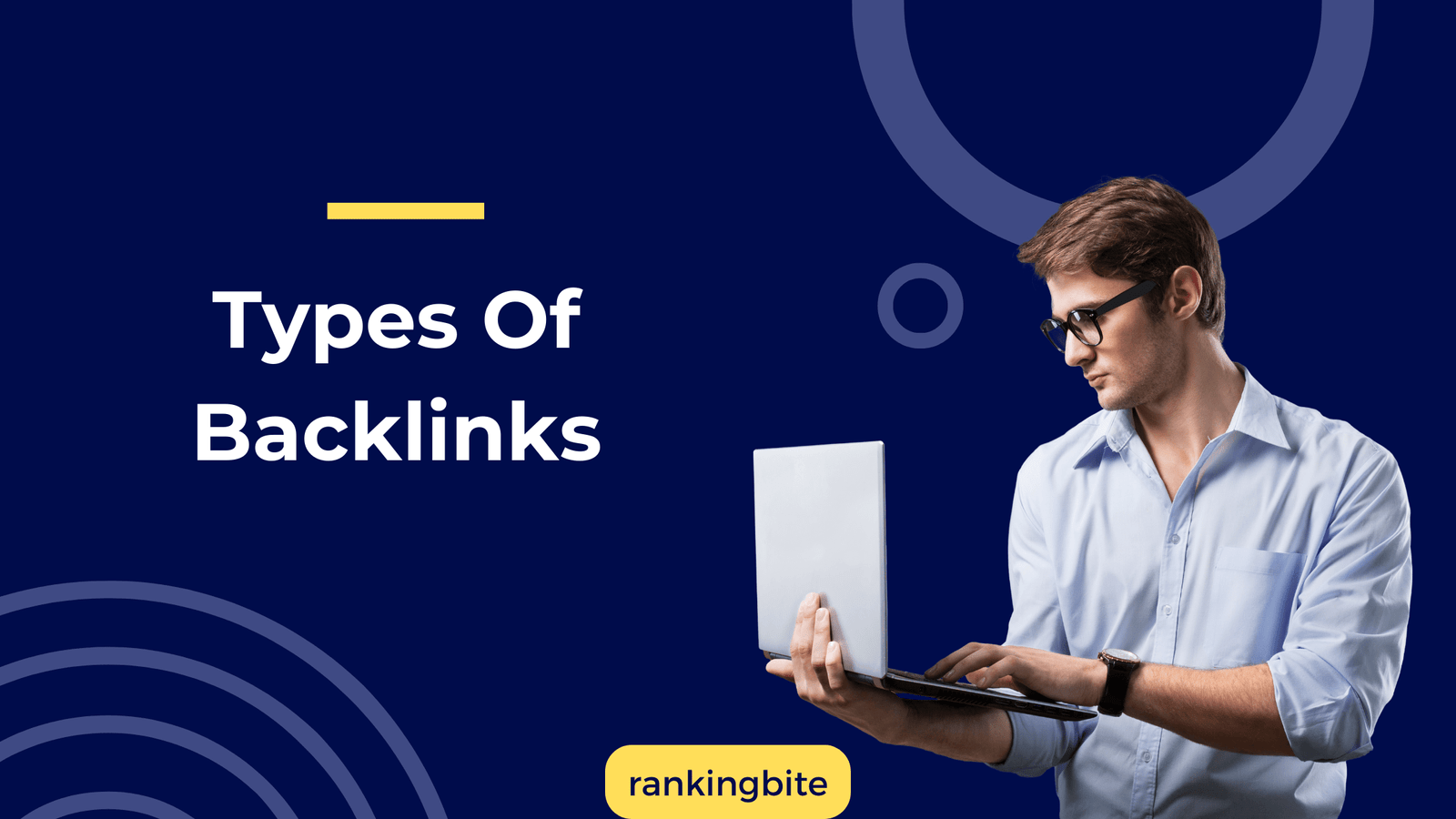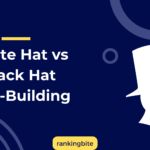
Backlinks are the foundation of search engine optimization (SEO), acting as a vote of confidence from one website to another. Not all backlinks are created equal, and understanding the different types can help you craft an effective link-building strategy. In this guide, we explore the main types of backlinks, their characteristics, and how they influence SEO.
What Are Backlinks?
Backlinks, also known as inbound links, are links from one website to another. Search engines use backlinks as a ranking factor, with higher-quality links often leading to better SERP (Search Engine Results Page) performance. The quality, source, and type of a backlink determine its value in SEO.
Why Are Backlinks Important?
Backlinks:
- Improve Domain Authority (DA): High-quality links from authoritative sites boost your website’s credibility.
- Drive Referral Traffic: Visitors click on links from external sites, increasing your traffic.
- Influence Rankings: Search engines consider backlinks as a signal of relevance and trustworthiness.
Types of Backlinks for SEO
Here are the most important types of backlinks that you should know about:
1. Editorial Backlinks
Editorial backlinks are links placed naturally within high-quality, relevant content. These are often earned when your content is cited as a reliable resource.
Characteristics:
- Typically come from high-authority websites.
- Have a strong contextual relationship with your content.
- Pass significant SEO value.
Example:
A blog on digital marketing links to your article on “Top SEO Strategies” as a trusted resource.
How to Earn Editorial Backlinks:
- Create shareable, informative content.
- Conduct original research or provide unique insights.
- Collaborate with journalists and bloggers for coverage.
2. Guest Post Backlinks
Guest post backlinks are earned by contributing articles to other websites in your niche. These articles typically include a dofollow backlink to your website.
Characteristics:
- Usually include anchor text relevant to your content.
- Help establish authority in your niche.
- Allow control over the placement and context of the backlink.
How to Earn Guest Post Backlinks:
- Reach out to websites that accept guest posts.
- Write high-quality, informative articles.
- Include a natural, non-promotional backlink.
3. Directory Backlinks
Directory backlinks are links obtained by submitting your site to online directories. While they carry less SEO value than editorial links, they help with local SEO and visibility.
Characteristics:
- Often nofollow links.
- Improve referral traffic and online presence.
- Useful for niche and local businesses.
Example:
Listing your site on platforms like Google My Business, Yelp, or Yellow Pages.
How to Earn Directory Backlinks:
- Submit your site to industry-specific and local directories.
- Ensure consistent and accurate information across all listings.
4. Social Media Backlinks
Social media backlinks are links from platforms like Facebook, Twitter, Instagram, or LinkedIn. These are typically nofollow links but can drive significant referral traffic.
Characteristics:
- Do not pass link juice.
- Increase brand exposure and traffic.
- Signal engagement and popularity to search engines.
Example:
A link to your blog post shared on LinkedIn.
How to Earn Social Media Backlinks:
- Share your content across all social media channels.
- Engage with users to encourage reshares and mentions.
- Collaborate with influencers to boost reach.
5. Forum Backlinks
Forum backlinks are links earned by participating in online forums and communities. These backlinks often appear in forum signatures or responses.
Characteristics:
- Usually nofollow links.
- Improve referral traffic and audience engagement.
- Build credibility within niche communities.
Example:
Answering a question on Reddit or Quora and linking to a relevant blog post on your website.
How to Earn Forum Backlinks:
- Join forums relevant to your niche.
- Provide valuable insights and answers.
- Include your links naturally in the context of discussions.
6. Blog Comment Backlinks
Blog comment backlinks are links left in the comments section of blog posts. These links are almost always nofollow.
Characteristics:
- Do not pass link juice.
- Can drive small amounts of referral traffic.
- Help with networking and visibility.
How to Earn Blog Comment Backlinks:
- Find blogs in your niche.
- Leave thoughtful, relevant comments.
- Include links sparingly and naturally.
7. Paid Backlinks
Paid backlinks are acquired by purchasing links from websites. These are discouraged by search engines and may result in penalties if not properly disclosed.
Characteristics:
- Can pass SEO value if not nofollow.
- Risk penalties from Google for violating guidelines.
- Often viewed as an unethical practice.
How to Use Paid Backlinks Safely:
- Avoid buying low-quality or irrelevant backlinks.
- Use paid sponsorships with proper nofollow attributes.
- Focus on ethical and high-quality link-building methods.
8. Broken Link Backlinks
Broken link backlinks are acquired by finding and replacing dead links on other websites with your relevant content.
Characteristics:
- High success rate when done correctly.
- Improve SEO while helping other site owners.
- Pass link juice if the link is dofollow.
How to Earn Broken Link Backlinks:
- Use tools like Ahrefs to find broken links.
- Create content that fills the gap.
- Reach out to site owners with a polite pitch.
9. Resource Page Backlinks
Resource page backlinks are links from pages that curate valuable resources or tools for a specific niche.
Characteristics:
- High-quality backlinks with strong contextual relevance.
- Often come from authoritative domains.
- Can drive referral traffic from highly targeted audiences.
How to Earn Resource Page Backlinks:
- Find resource pages in your niche using Google searches (e.g., “best SEO tools” + “resources”).
- Pitch your content or tool to the page owner.
- Ensure your content adds value to their list.
Which Types of Backlinks Are Most Valuable?
The value of a backlink depends on factors like:
- Authority of the Linking Domain: High DA websites provide more value.
- Relevance: Backlinks from websites related to your niche are more impactful.
- Dofollow vs. Nofollow: Dofollow links pass SEO value, while nofollow links can still drive traffic.
Insights and Case Studies
Case Study 1: Editorial Backlinks Drive Organic Traffic
A travel website gained 12 high-quality editorial backlinks from niche authority blogs. Results:
- Organic traffic increased by 67% in three months.
- Rankings for primary keywords improved by 42%.
Case Study 2: Social Media Backlinks Build Awareness
A SaaS company shared a new tool on LinkedIn, generating over 4,000 visits from a nofollow link. Indirectly, brand searches increased by 15% over the following month.
Final Thoughts: A Balanced Approach
There is no single best type of backlink – different backlinks serve unique purposes in your SEO strategy. To maximize your efforts:
- Focus on earning editorial, guest post, and resource page backlinks for SEO growth.
- Use social media, forum, and directory backlinks to boost visibility and referral traffic.
- Monitor your backlink profile regularly to ensure quality and relevance.
By leveraging diverse backlink types, you can build a natural and effective backlink profile that drives traffic, authority, and rankings.





